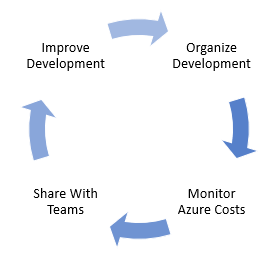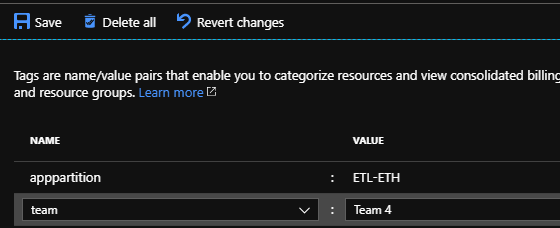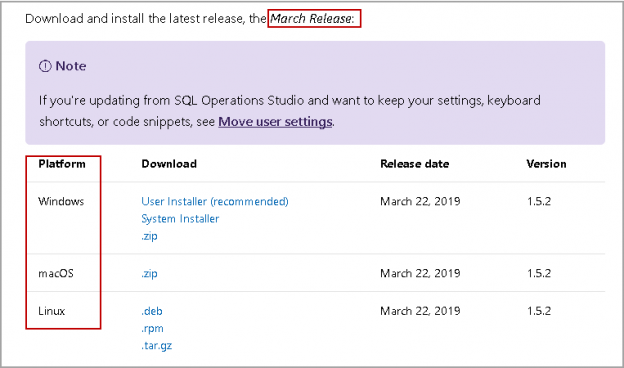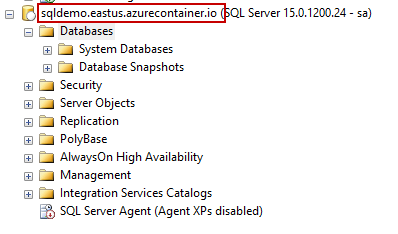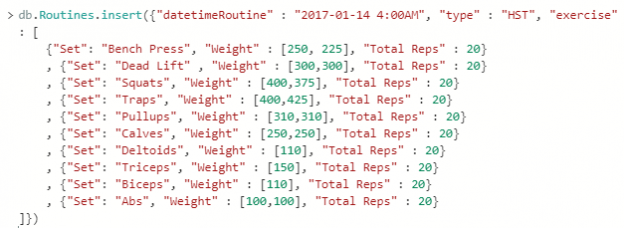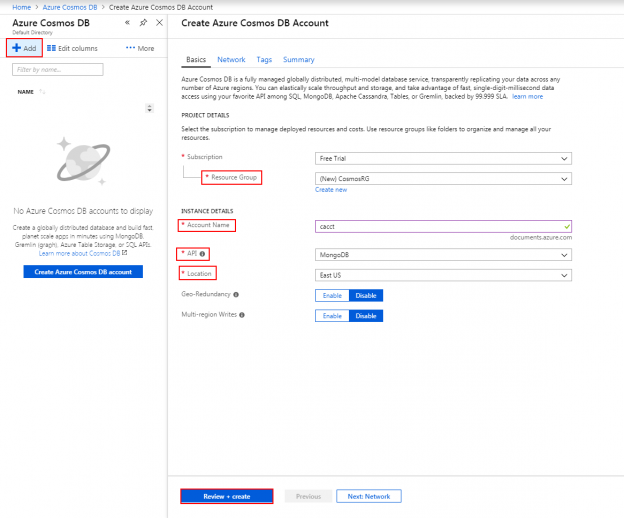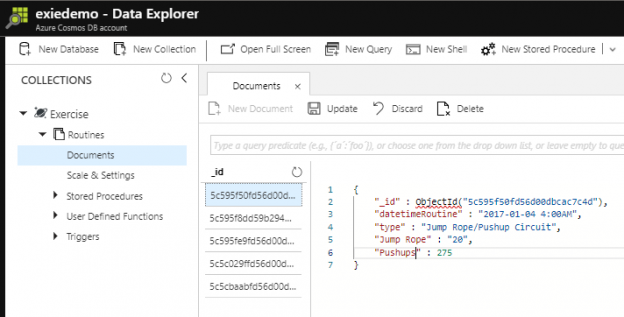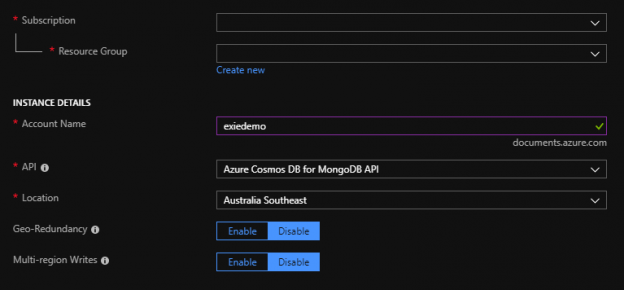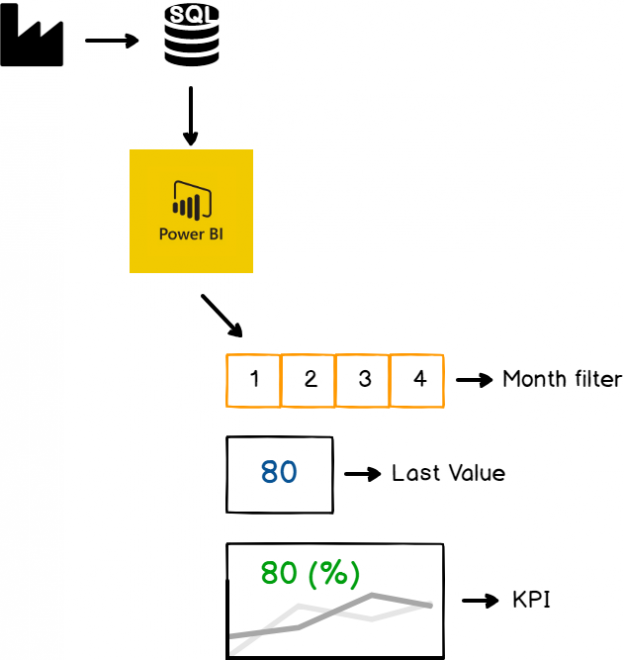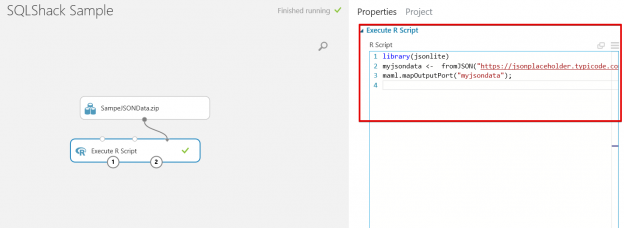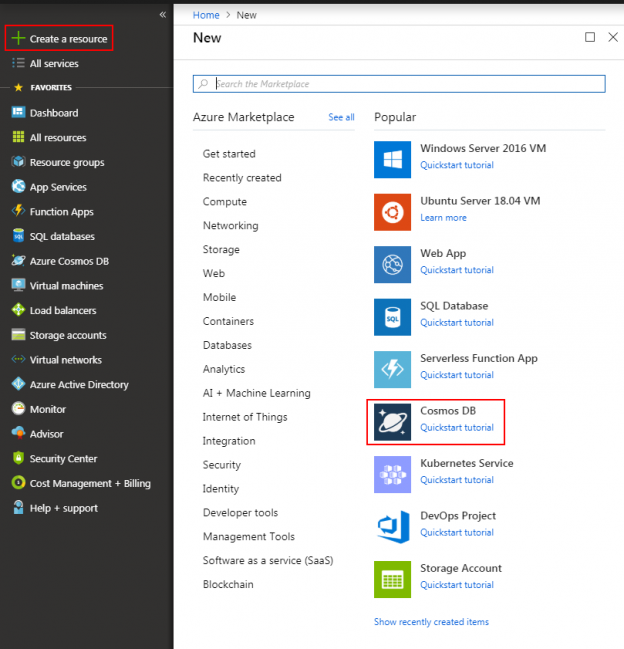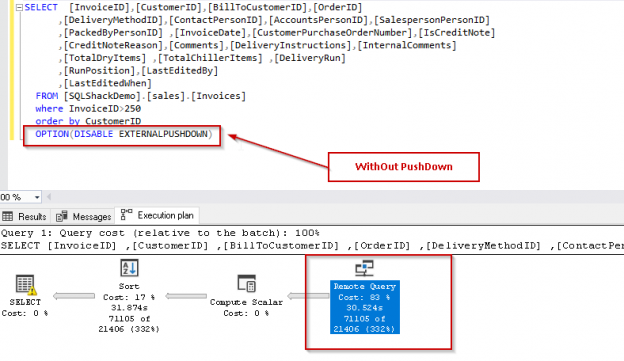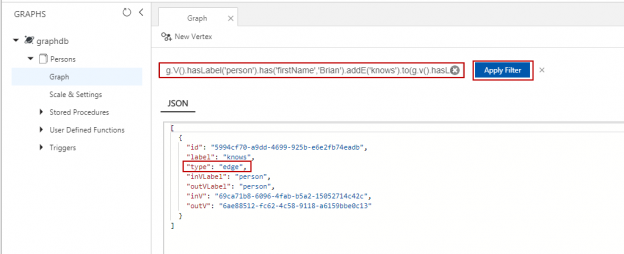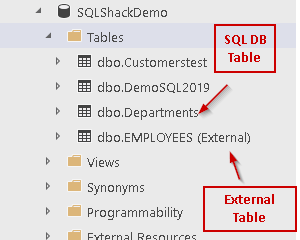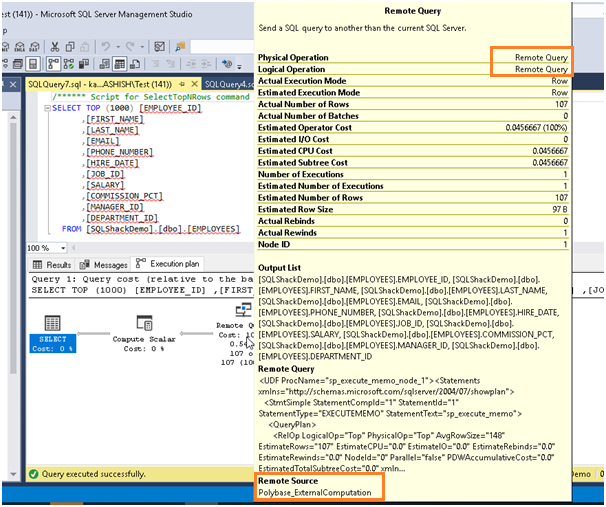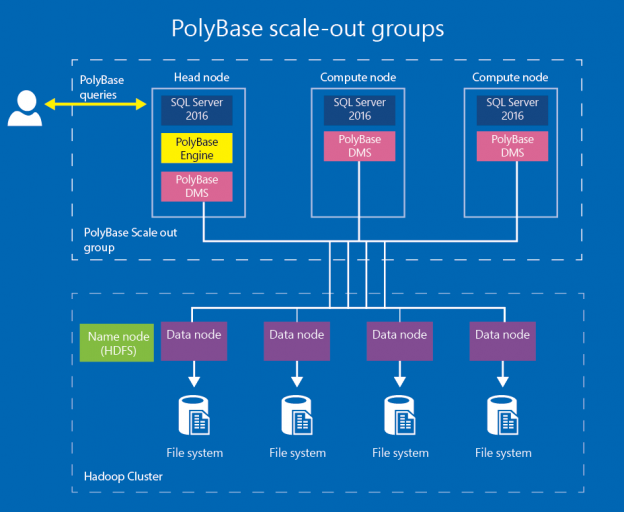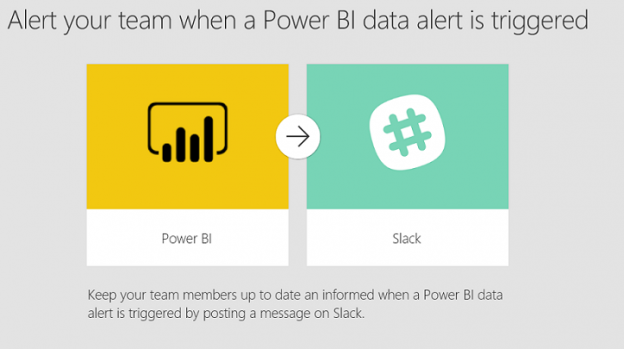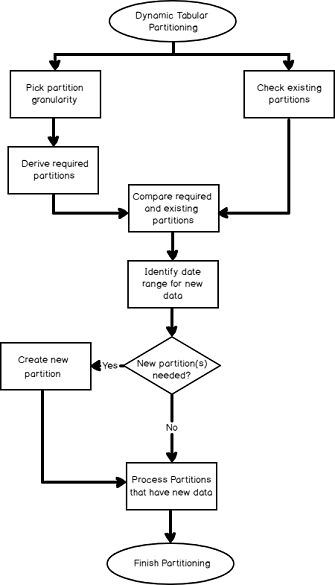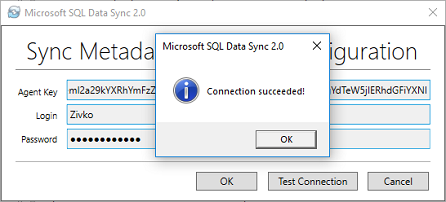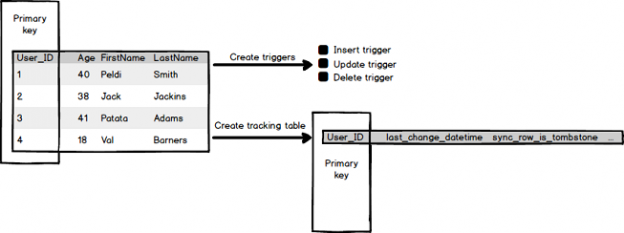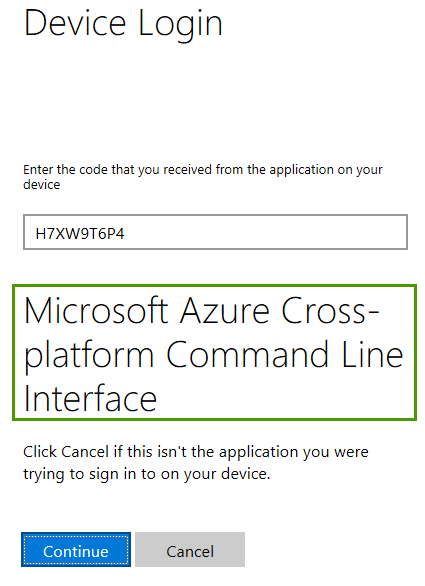With strong organization and design for our development teams, cloud infrastructure and security considerations, we’ll now extract Azure cost information that we can share with our organization. In addition, we will see that we can retain this information if needed to track growth (or reduction) in costs. This step is important as it will allow our teams to have an insight into their development and it will also be another audit we can use on the security side to catch unusual growth (or significant reductions) in resource costs that may be the result of an attacker. Our ultimate goal with tracking these costs and sharing them with teams is to improve our development and possibly re-organize it as needed, giving us the ability to further reduce our spending.
Read more »
